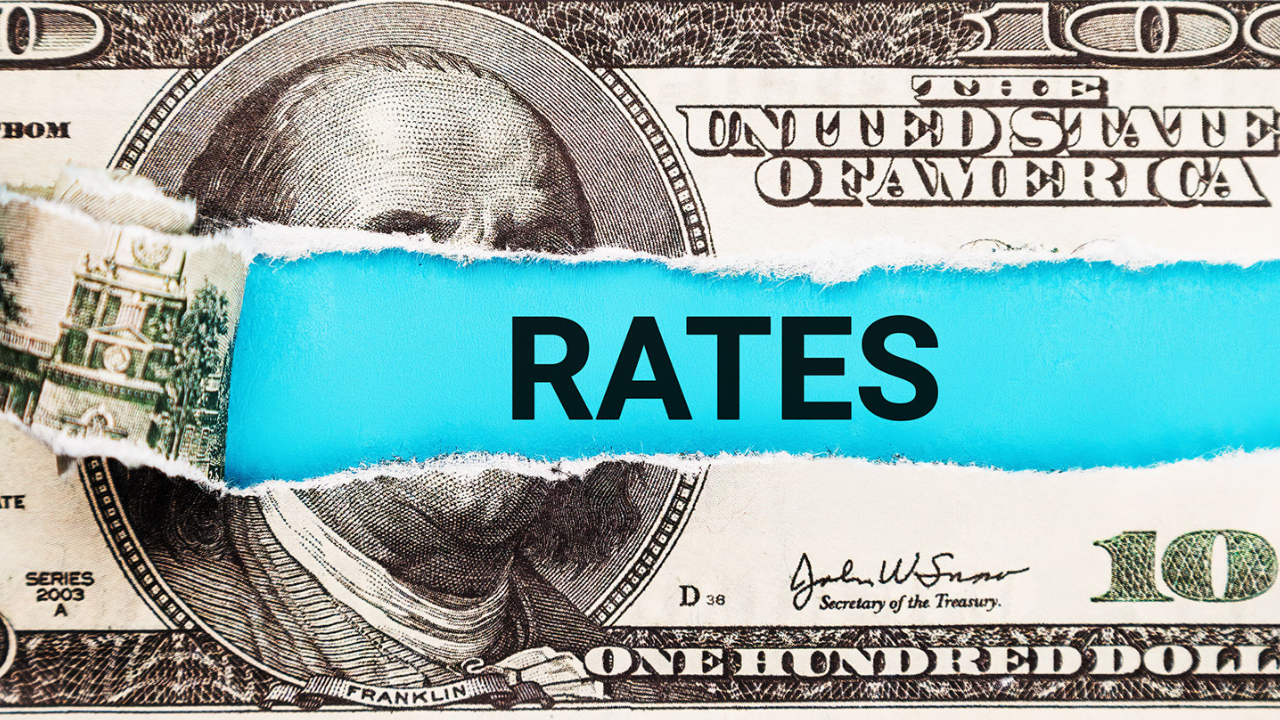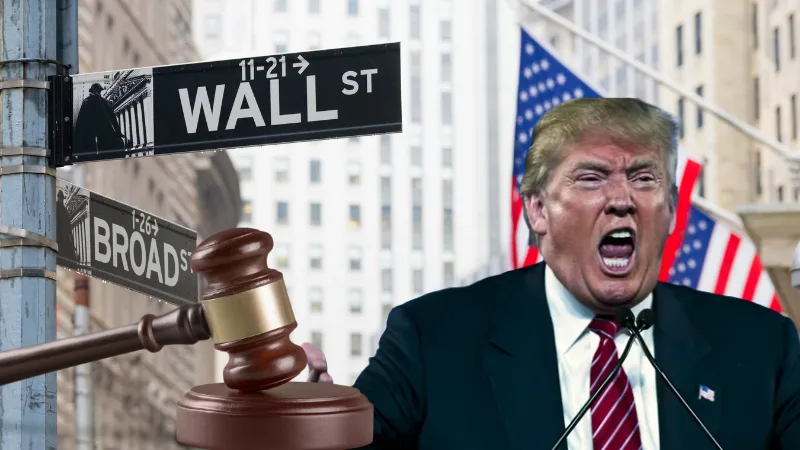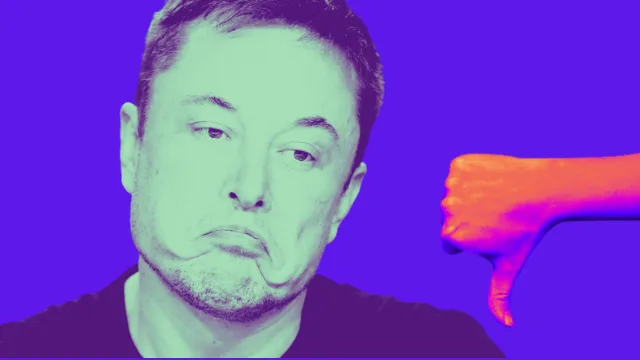On Wednesday, the Federal Reserve announced its eighth consecutive rate increase, hiking rates by 0.25%.
While Fed Chairman Jerome Powell did mention that rate hikes would be “ongoing” in 2023, he also mentioned something that markets have latched onto: the term disinflation.
During a news conference, Powell said that we’re only seeing the early stages of disinflation, but it is “most welcome.”
But what is disinflation and why is it welcomed by the Fed?
What is disinflation
Disinflation is a decrease in the rate of inflation. It’s when wages and prices rise more slowly than they have in the past. That’s why officials were happy to see disinflation happening in the latest inflation report.
I would say it is a good thing that the disinflation that we have seen so far has not come at the expense of a weaker labor market. But I would also say that that disinflationary process that you now see underway is really at an early stage. What you see is really in the goods sector. You see inflation now coming down because supply chains have been fixed, demand is shifting back to services, and shortages have been abated. So, you see that in the other –you know, in the housing services sector. We expect inflation to continue moving up
for a while but then to come down assuming that new leases continue to be lower. So, in those
two sectors, you’ve got a good story.
“I would say it is a good thing that the disinflation that we have seen so far has not come at the expense of a weaker labor market,” Powell said. “But I would also say that that disinflationary process that you now see underway is really at an early stage. What you see is really in the goods sector. You see inflation now coming down because supply chains have been fixed, demand is shifting back to services, and shortages have been abated. So, you see that in the other—you know, in the housing services sector. We expect inflation to continue moving up for a while but then to come down assuming that new leases continue to be lower. So, in those two sectors, you’ve got a good story.”
Disinflation vs. inflation
Inflation is the increase in prices across a broad range of goods and services. Inflation is measured by the personal consumption expenditures (PCE) price index.
Currently, the PCE is running at about 5%—far above the Fed’s 2% target but down from its 7% peak last June.
Typically, central banks target 2% annual inflation. That means if a typical household consumes roughly the same amount as last year while paying just 2% more for it, that is thought to be low enough that they will not have to worry about it in their day-to-day planning but high enough to give central bankers wiggle room to combat economic downturns with interest-rate cuts.
When inflation rises higher than that 2% benchmark, that’s when economic issues start to arise.
Disinflation vs. Deflation
While disinflation is a term used to describe the gradual decrease in the rate of inflation, deflation is the reduction in the general price level of goods and services.
While disinflation is generally considered beneficial, particularly when it comes to containing prices and stabilizing an economy, if there’s too much disinflation it can trigger deflationary pressures, creating uncertainty among businesses and consumers alike.
That means that the Fed must ensure its policies are carefully balanced so that disinflation doesn’t unnecessarily constrict economic growth.
Why is the Fed welcoming disinflation?
As prices drop, the ability of the Fed to act in terms of lowering interest rates increases, allowing for more efficient resource allocation and overall economic stimulation. In addition, disinflation can have positive effects on consumer spending power; this boost in purchasing power has the potential to move economies out of low-growth cycles and into periods of healthy acceleration.
Powell, and other members of the Fed, is well aware of the benefits that this analysis brings and will no doubt be looking closely at indicators across all departments to ensure that disinflation takes place.
Does this mean rate hike increases will come to an end? Not necessarily.
Powell also said that the Fed anticipates “ongoing increases will be appropriate in order to attain a stance of monetary policy that is sufficiently restrictive to return inflation to 2% over time.”





